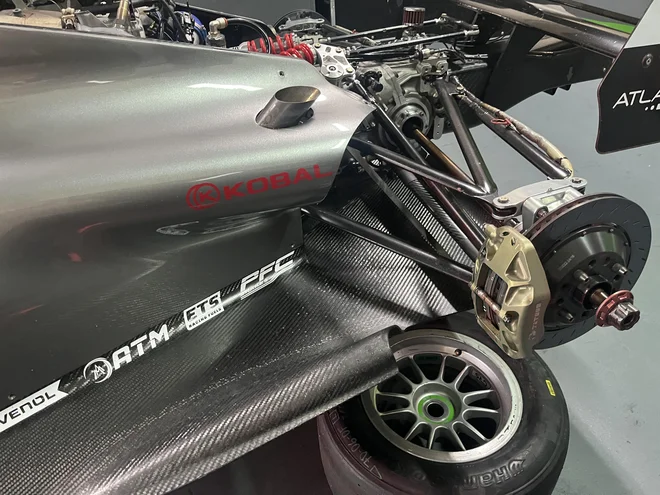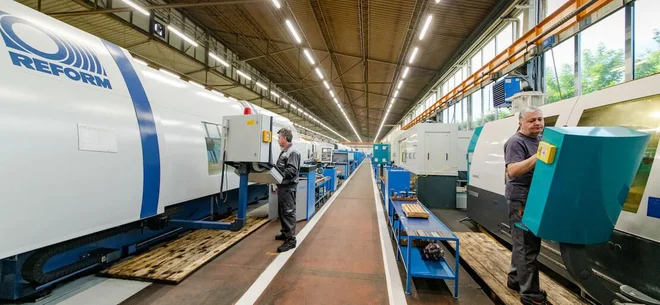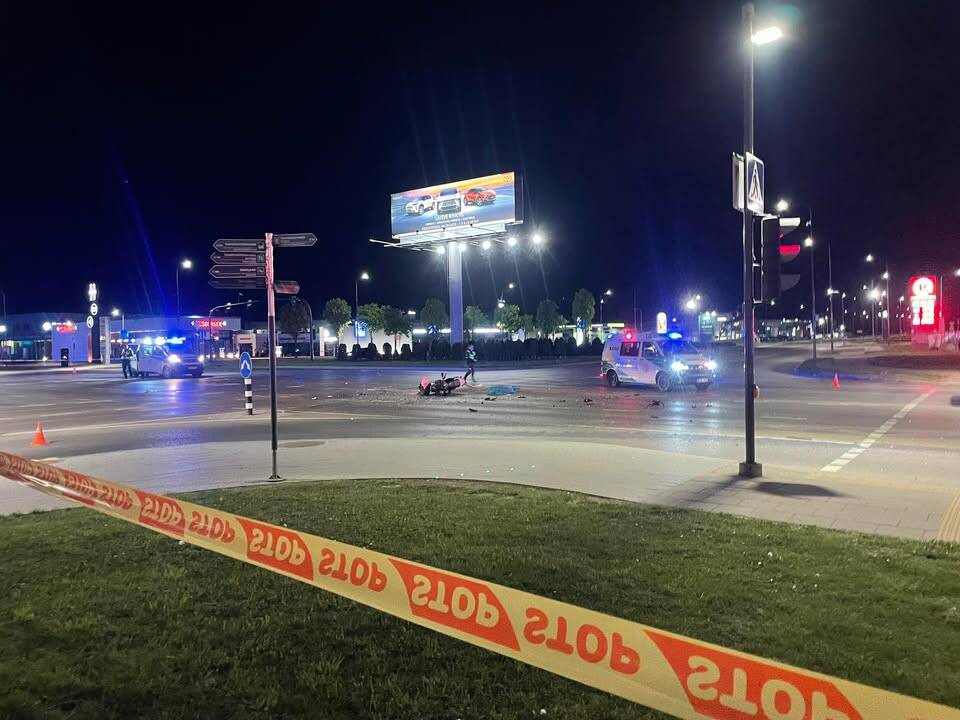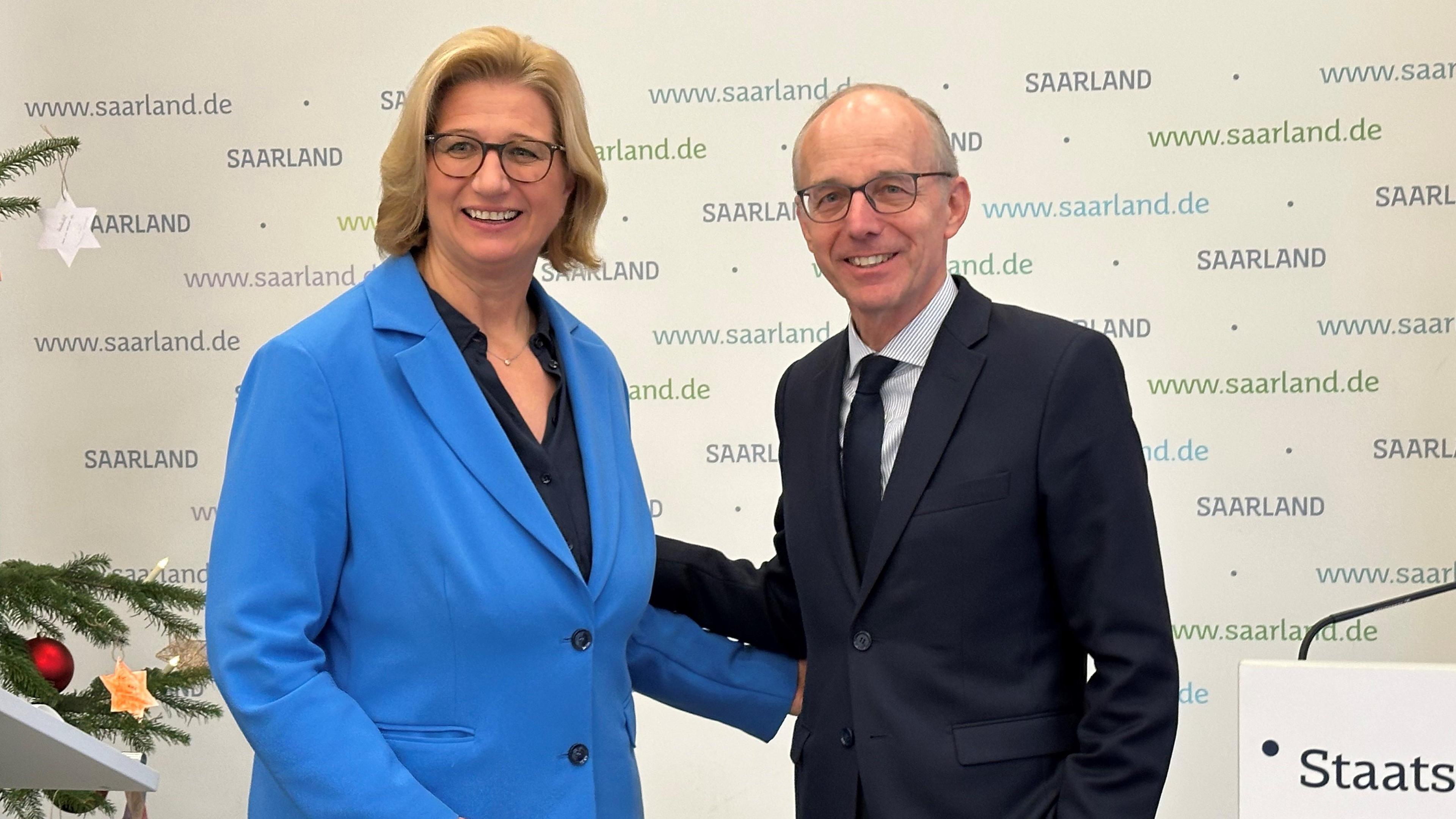The chemistry of the batteries

Dr. Ava Reich She is a researcher at the Department of Low and Medium Energy at the Jozef Stefan Institute.
Present us the instrument you most often or prefer to use at work.
I most commonly use a computer for data analysis, and I also perform experiments on synchrotron accelerators, which are in laboratories and at institutes abroad and have many different experimental stations intended for research from various fields, from biology, medicine, to materials research for various purposes.
Synchrotron is a large circular vacuum tube in which, using strong magnets, accelerate electrons to speed comparable to light speed. These fast electrons then emit light, mostly in the X -ray area. This means that we do not see it with the naked eye, but it is a million times more intense than sunny. This light is then used at various experimental stations to study individual atoms and molecules in material.
How would you explain to the average in a maximum of hundreds of words, what are you exploring?
I participate in various projects in which we study the mechanisms of the next generation of batteries, such as lithium-jewelry and sodium-ion batteries. I explore the ways to monitor the chemical reactions that take place in the batteries during their discharge and charge. X -ray light is used as a kind of microscope to observe how the surroundings of the atoms change during the course of the chemical reaction. We observe both structural changes (for example, how the distance to adjacent atoms changes) and chemical changes (or changes the oxidation state of the element, what is the type of bond…). We then associate these perceived changes with the operation of the battery.
Why do you love science?
Because she’s never bored. New questions always arise, new ideas on how to deal with the problem…
What good could your work bring to humanity?
I work with battery experts who use the information in the design of new materials to produce more efficient, cheaper and sustainable batteries. New energy storage sources will facilitate the transition to more renewable energy sources, which is essential if we want to alleviate the consequences of global warming.
When did you know you would be a researcher?
I have always been interested in how the world works and everything related to science, but more specifically during undergraduate studies, when I found out that I was very fond of solving problems.
What interesting in addition to research are you doing?
I have been a camp since I was young, so I still have an active volunteer in a local organization. I also like to draw and illustrate smaller projects when I find time. I play table games and do various sports, cycle and go to the hills.
What is a key feature of a good scientist?
Curiosity, perseverance and good measure of patience.
What will be the most groundbreaking discovery or knowledge in science that will change the flow of history during your life?
They say that fusion will be accessible as an energy source in the coming decades. I hope the forecasts will come true.
Would you travel to Mars if you were offered the opportunity?
Yes, if it was a research work that would take several years. But I would certainly want to return to Earth.
Which source of energy would you bet for the future?
Very optimistic, on fusion or fusion of cores, which is now only 30 years away. As an alternative, I strongly support the use of nuclear energy in combination with the development of renewable resources such as solar and wind energy. But I am primarily an advocate of rational energy consumption.
Which scientist would you go for coffee in the history of mankind?
She would prefer to go with Leonard Da Vinci, as he was a scientist, engineer, thinker, artist, architect… He would certainly be a very interesting interviewee.
Which book, film, lecture, science website do you recommend to the reader?
I suggest two books. The first is MERCHANTS OF DOUBT Erika M. Conway and Naomi Nuts, who very well describe how concrete scientific results can manipulate the favor of the one he presents, and how important the clear communication of scientists is. Another, a little more study, is a collection of lectures by Richard Feynman entitled Six Easy Piecesin which he explains the basic concepts of physics in a very accessible way. I would mention the YouTube channel 3blue1brownon which beautiful graphics are well explained by basic mathematical concepts.
What we don’t know about your area would surprise us?
X -ray light is used for exploration in many areas, from the examination of the broken limb to determining the structure of pigments in Rembrandt’s images, from the search for how dangerous substances are binding in plants leaves, protein structure, rocks research and where the water is on the moon, to basic research that tells us more about the physics of the nucleus and its building blocks.







